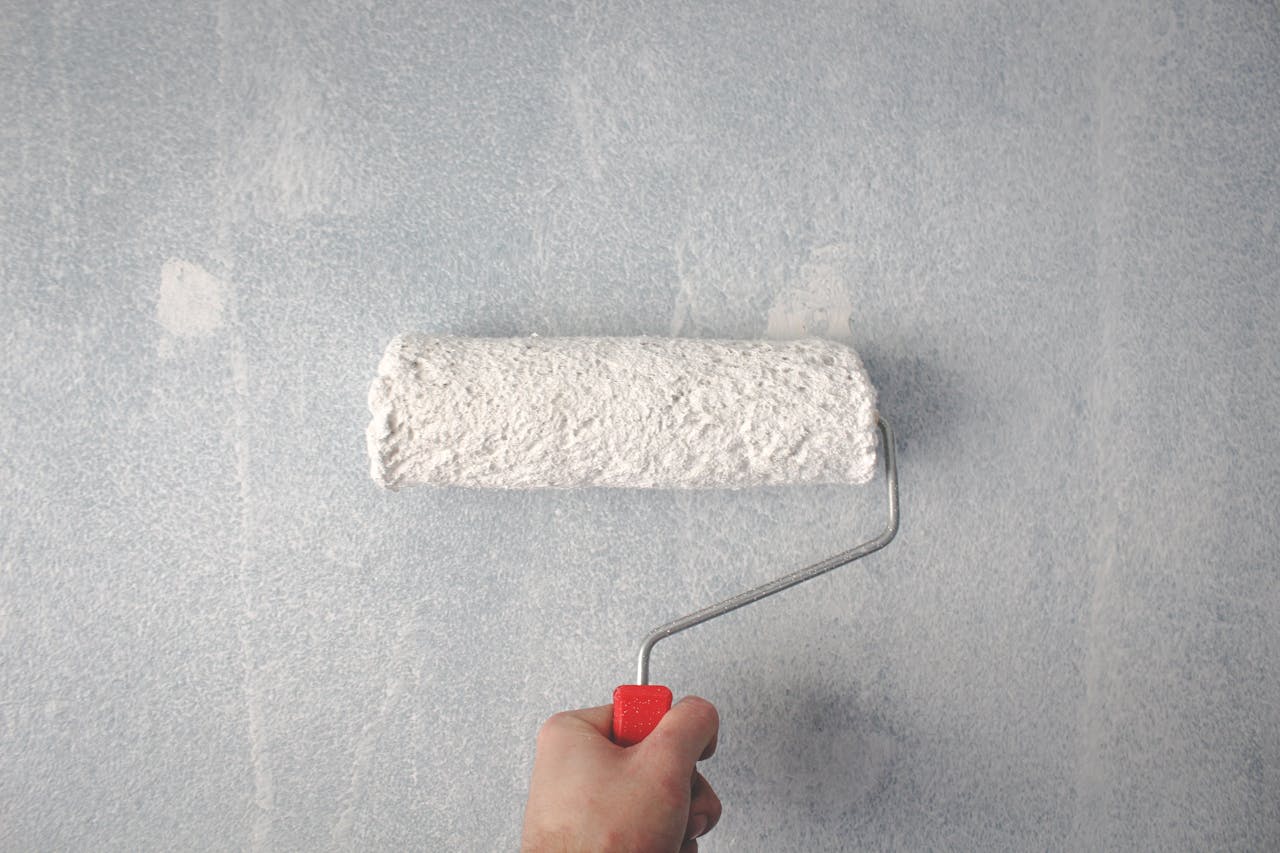
Most people know that paint comes in different types for a reason, but sometimes it’s tempting to use whatever you have on hand. Maybe you’ve got a can of exterior paint left over from a project, and you’re thinking of saving money by using it inside your home. But using exterior paint indoors can lead to more trouble than you might expect. The differences between paints aren’t just about weather resistance—there are real health, safety, and maintenance concerns. Understanding what happens when you use exterior paint indoors can help you make a better choice for your home and your family. Let’s look at the risks and realities of swapping paint types, so you can avoid costly mistakes and keep your living spaces safe.
1. Air Quality and Health Risks
One of the main reasons you shouldn’t use exterior paint indoors is the impact on indoor air quality. Exterior paint is formulated to withstand the elements, so it often contains higher levels of volatile organic compounds (VOCs) and other chemicals. These compounds help the paint resist mold, mildew, and UV rays, but they’re not meant to be trapped inside a home.
When you use exterior paint indoors, these chemicals can linger in the air for weeks or even months. This can lead to headaches, dizziness, respiratory irritation, and even long-term health problems, especially for children, elderly family members, or anyone with allergies or asthma. The strong odor is more than just unpleasant—it’s a sign that potentially harmful substances are being released into your living space.
2. Paint Finish and Durability Issues
Another concern with using exterior paint indoors is how the paint actually performs on your walls. Exterior paint is made to be tough against sunlight, rain, and temperature changes, but it doesn’t always handle indoor conditions well. It can dry sticky or tacky, especially in rooms with low airflow, and may never cure properly.
This can cause problems with cleaning; you might find that wiping down a wall painted with exterior paint leads to smudging or peeling. Over time, the finish can become chalky or brittle, making your walls look worse instead of better. If you’re focused on home maintenance, these durability problems can mean more frequent touch-ups or even the need to repaint entire rooms.
3. Strong and Lingering Odors
Exterior paint is designed to be used in well-ventilated areas—usually outdoors, where fumes can dissipate quickly. Indoors, those same chemicals become trapped, creating strong, lingering odors that can be tough to remove. This isn’t just a mild inconvenience; it can make living in your home uncomfortable for days or weeks after painting.
Some people try to mask the smell with air fresheners or open windows, but the odor from exterior paint used indoors often persists. The problem is worse in small or poorly ventilated rooms, like bathrooms or basements. If you’re sensitive to smells or have health concerns, this is a big reason to stick with interior paint products.
4. Potential for Surface Damage
Interior surfaces like drywall, trim, and ceilings are different from outdoor siding or masonry. Exterior paint can be too harsh for these materials, causing blistering, cracking, or discoloration over time. The heavier resins and additives in exterior paint aren’t formulated for indoor surfaces, and the result is often disappointing.
If you use exterior paint on surfaces that aren’t designed for it, you may end up with bubbling, peeling, or even visible yellowing as the paint ages. This not only affects how your home looks but can also lead to costly repairs if you need to sand, prime, and repaint affected areas.
5. Warranty and Insurance Issues
Many paint manufacturers specifically state that their exterior products should not be used indoors. If you experience issues and try to make a warranty claim, you may find that the warranty is voided by improper use. The same can be true for some home insurance policies, which may not cover damage or health problems related to misused paint products.
Following manufacturer guidelines and using the right product for the job is important for maintaining your coverage and peace of mind. If you’re ever unsure, it’s best to check the label or reach out to a professional for advice.
Safe Painting Practices for Your Home
When it comes to painting your home, using the right paint for the right job is more than just a suggestion—it’s a matter of health, durability, and long-term cost. Interior paints are formulated with lower VOCs, safer additives, and finishes that work well on indoor surfaces. If you want to refresh a room, always choose a product labeled for interior use.
If you have leftover exterior paint, consider donating it or using it for outdoor projects like fences or sheds. Making the right choice now can save you headaches—and health issues—down the road.
Have you ever tried using exterior paint indoors or run into any painting surprises? Share your experience or tips in the comments below!
What to Read Next…
- The DIY Electrical Mistake That Causes 1 in 5 House Fires
- Why Your Homemade Cleaning Spray Might Be Destroying Your Air Quality
- 8 Harmless Habits That Are Secretly Damaging Your Home
- 6 DIY Fixes That Ended in Disaster and Why You Shouldn’t Try Them Anyway
- Why Paint Might Be the Most Dangerous Thing You Add to Your Home in 2025
The post What Happens When You Use Exterior Paint Indoors? appeared first on Clever Dude Personal Finance & Money.







